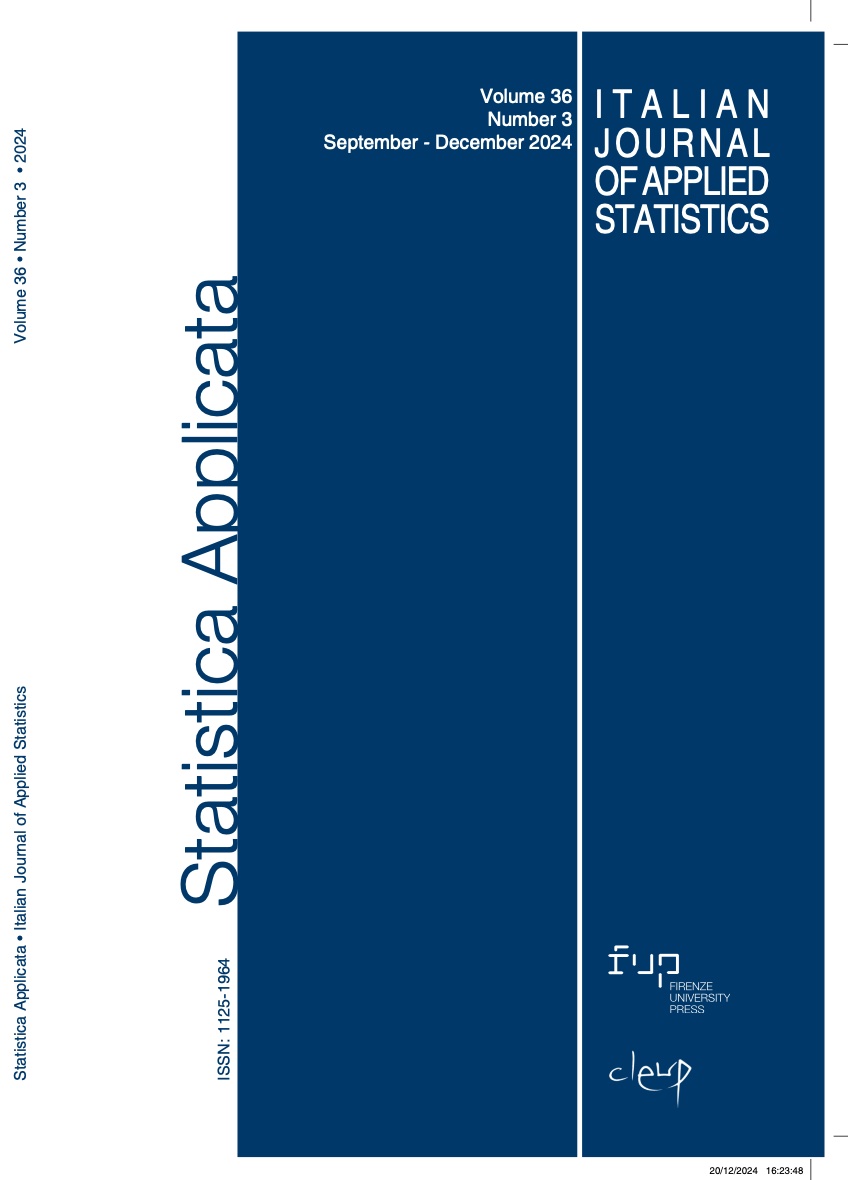How to improve employability in engi- neering students: A study about student career planning and perception of labor market
Published 2024-12-24
Keywords
- Employability,
- Engineering,
- Machine learning,
- Labor market,
- Career planning
How to Cite
Copyright (c) 2024 Barzizza, E., Biasetton, N., Ceccato, R., Fedeli, M., Tino, C.

This work is licensed under a Creative Commons Attribution 4.0 International License.
Abstract
Socio-economic factors such as unemployment among young adults have influenced graduates’ perception of the labor market and their career planning. In this context, education plays a central role and in particular there is the need to understand which are the most important soft skills and competences that universities should promote to enhance employability among students. The aim of this paper, therefore, is to investigate engineering student perception of labor market and career planning. Data was collected by means of a questionnaire administered to engineering students of the University of Padova and analyzed by applying suitable machine learning models to investigate the relationship between student perception of the labor market and career planning, and some other factors, i.e. general information, self-perceived employability, career proactivity, and career control. Results of the analysis and their educational and social implications are presented and discussed.

